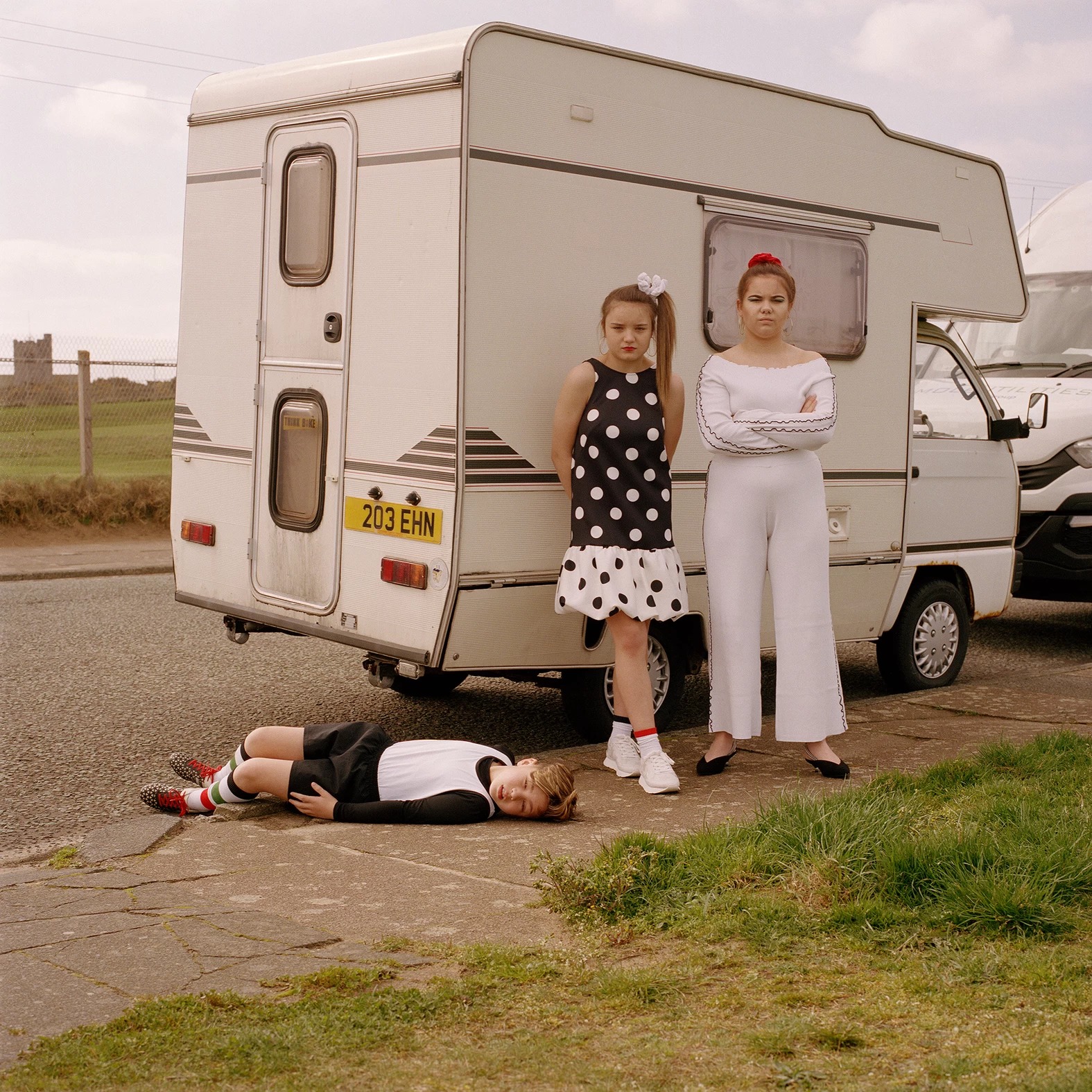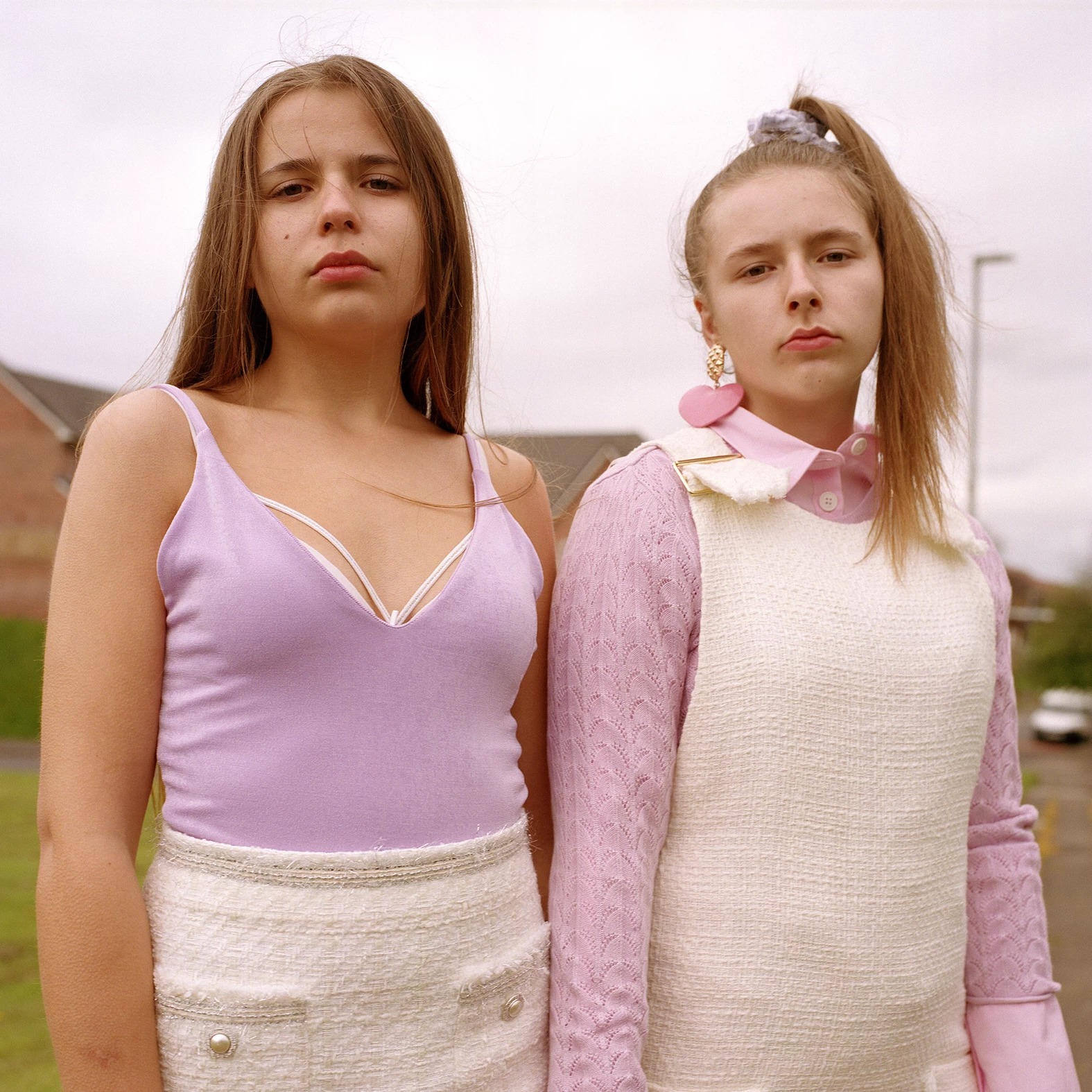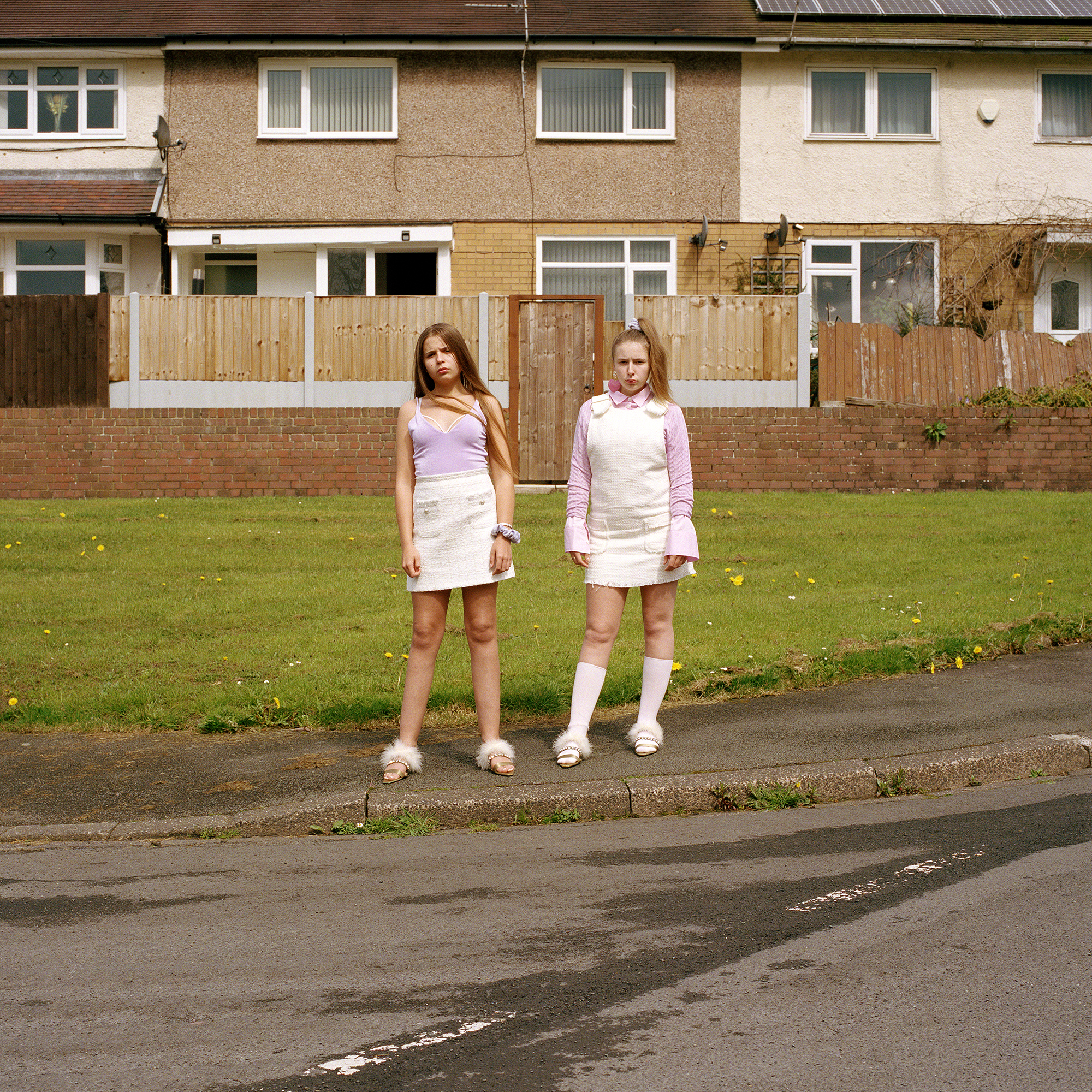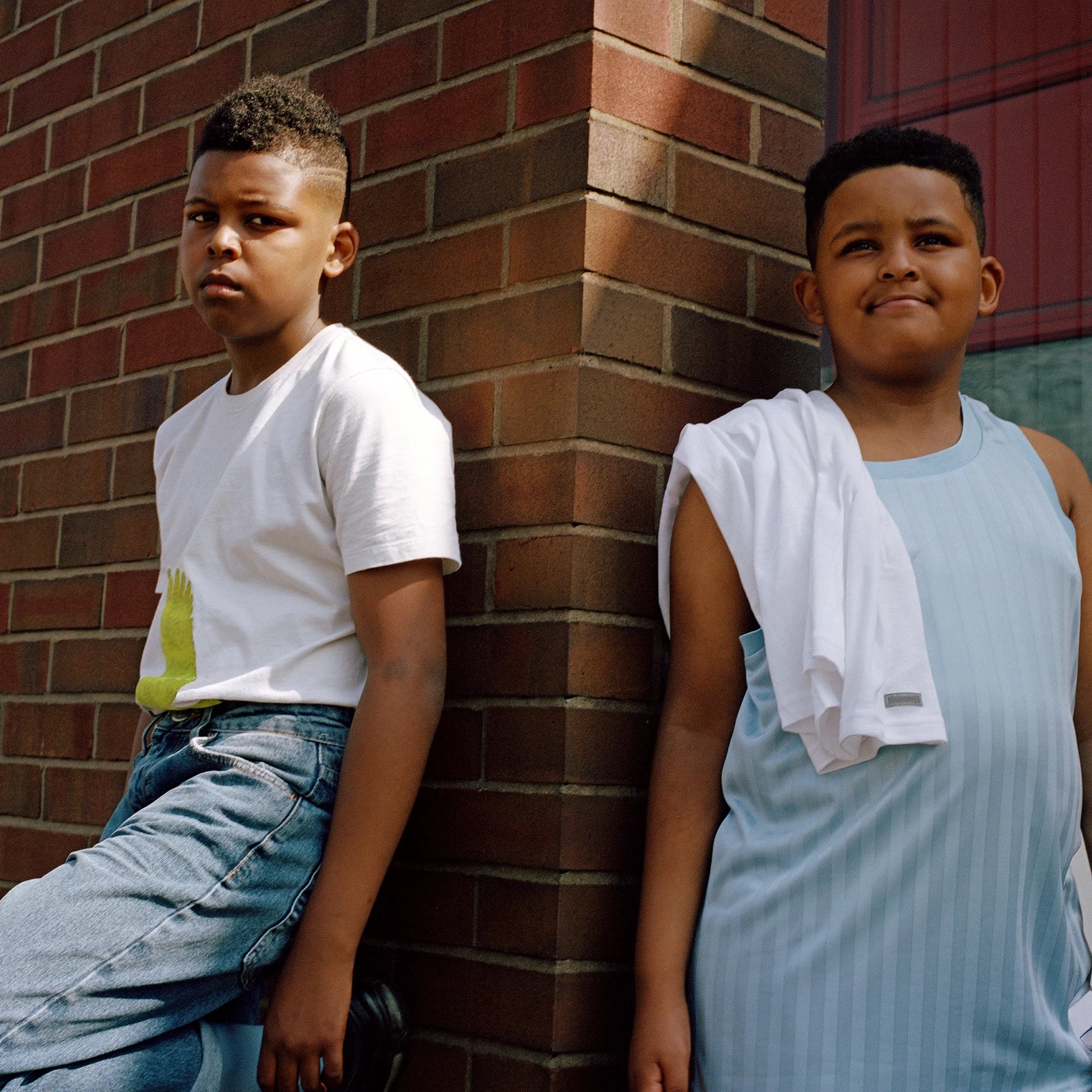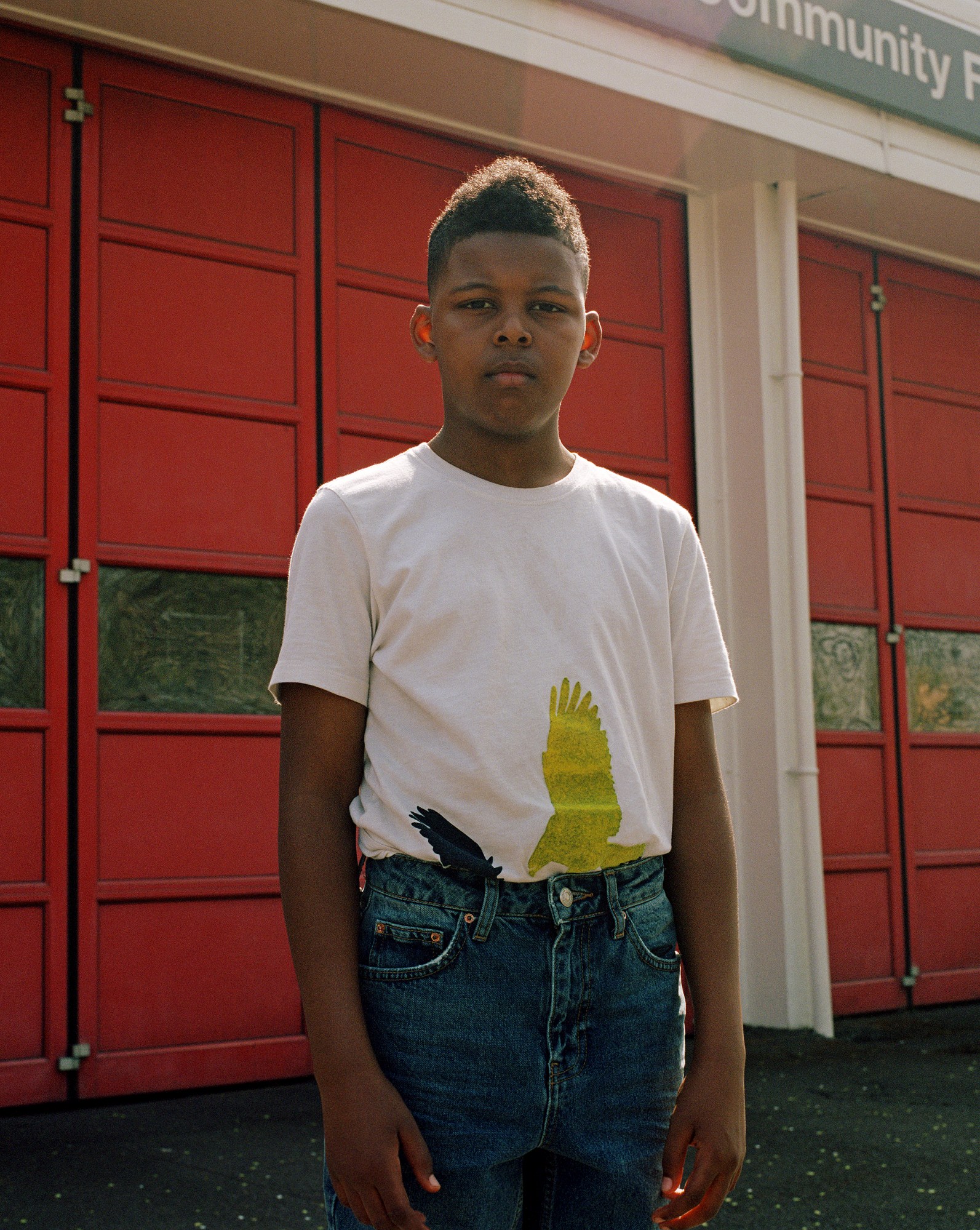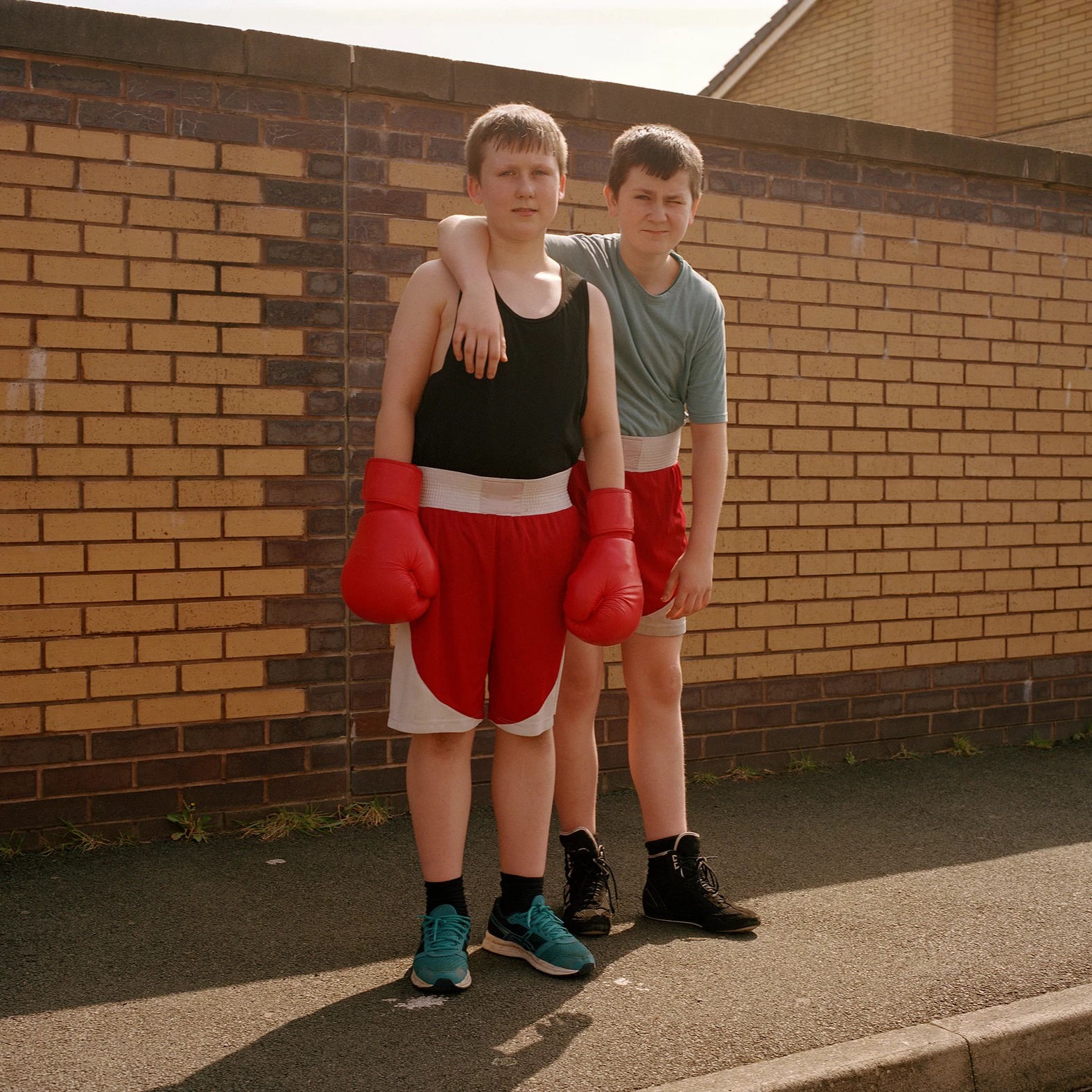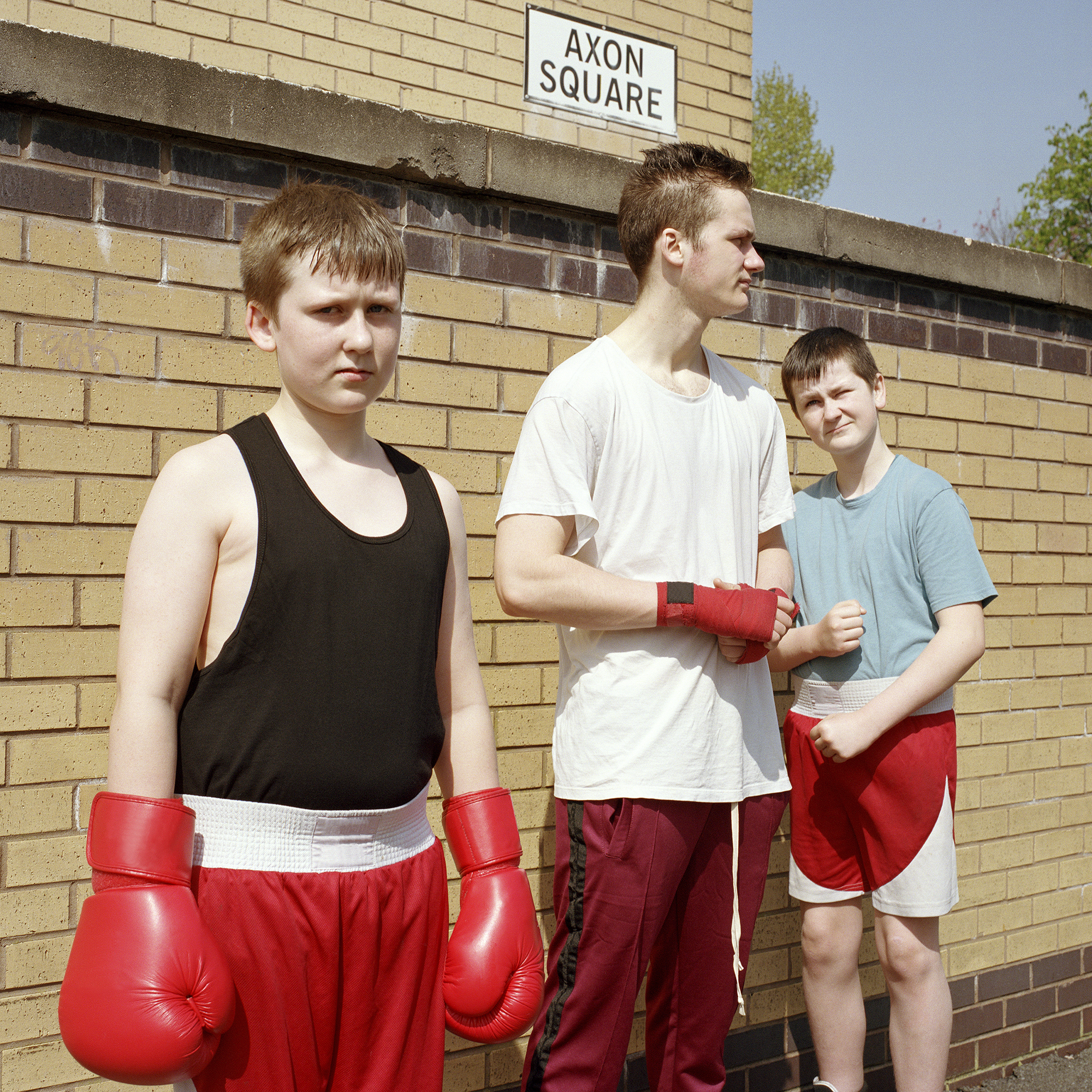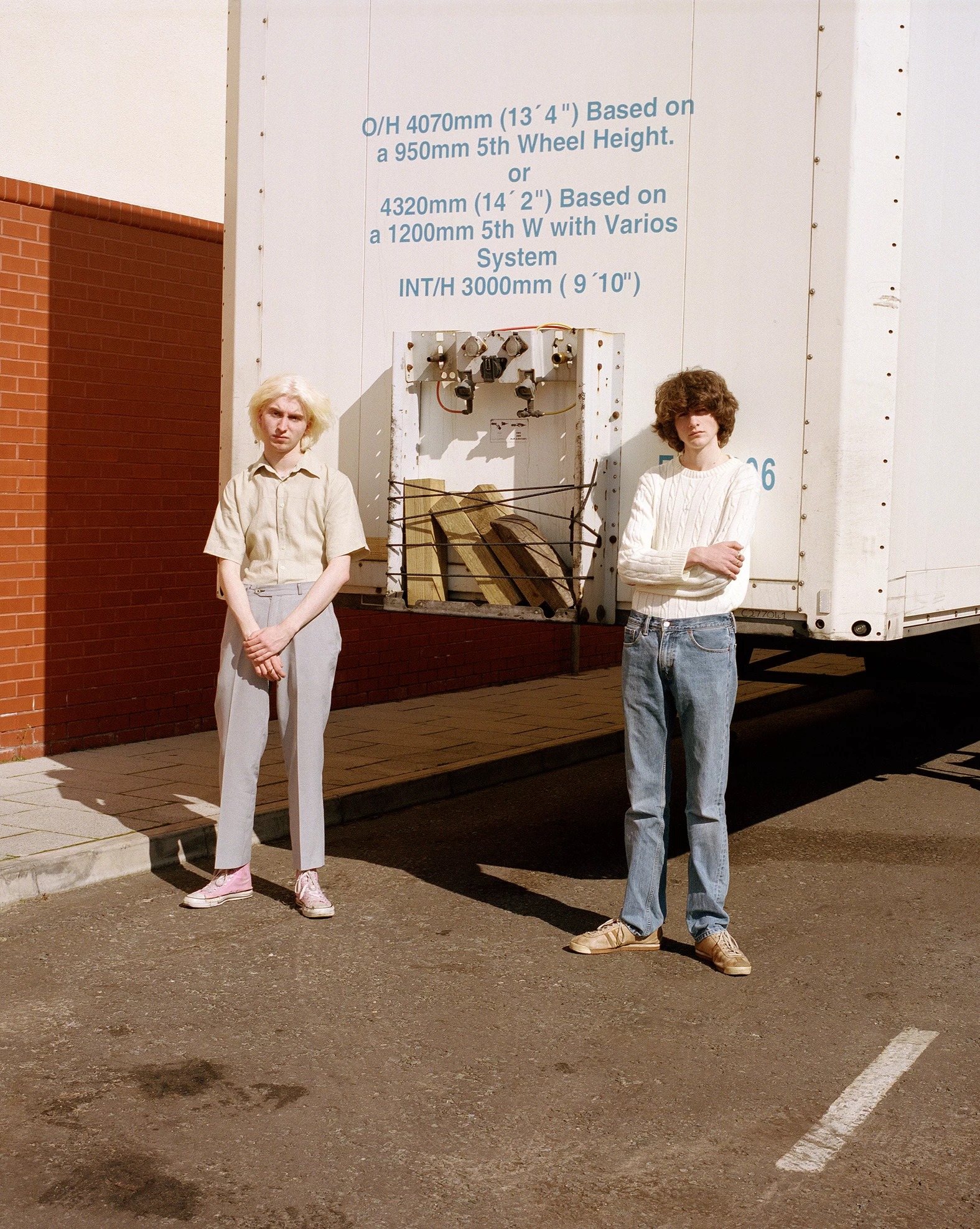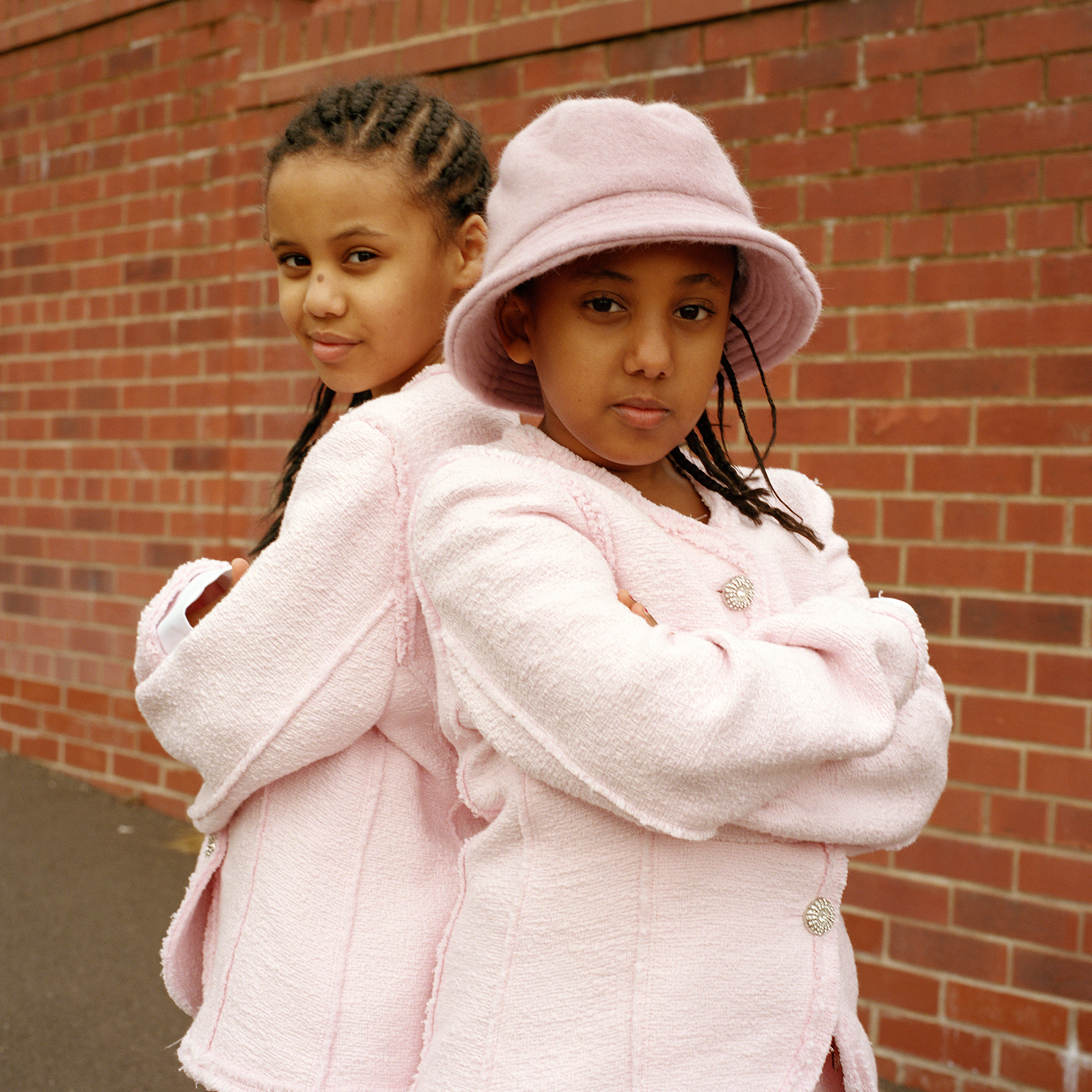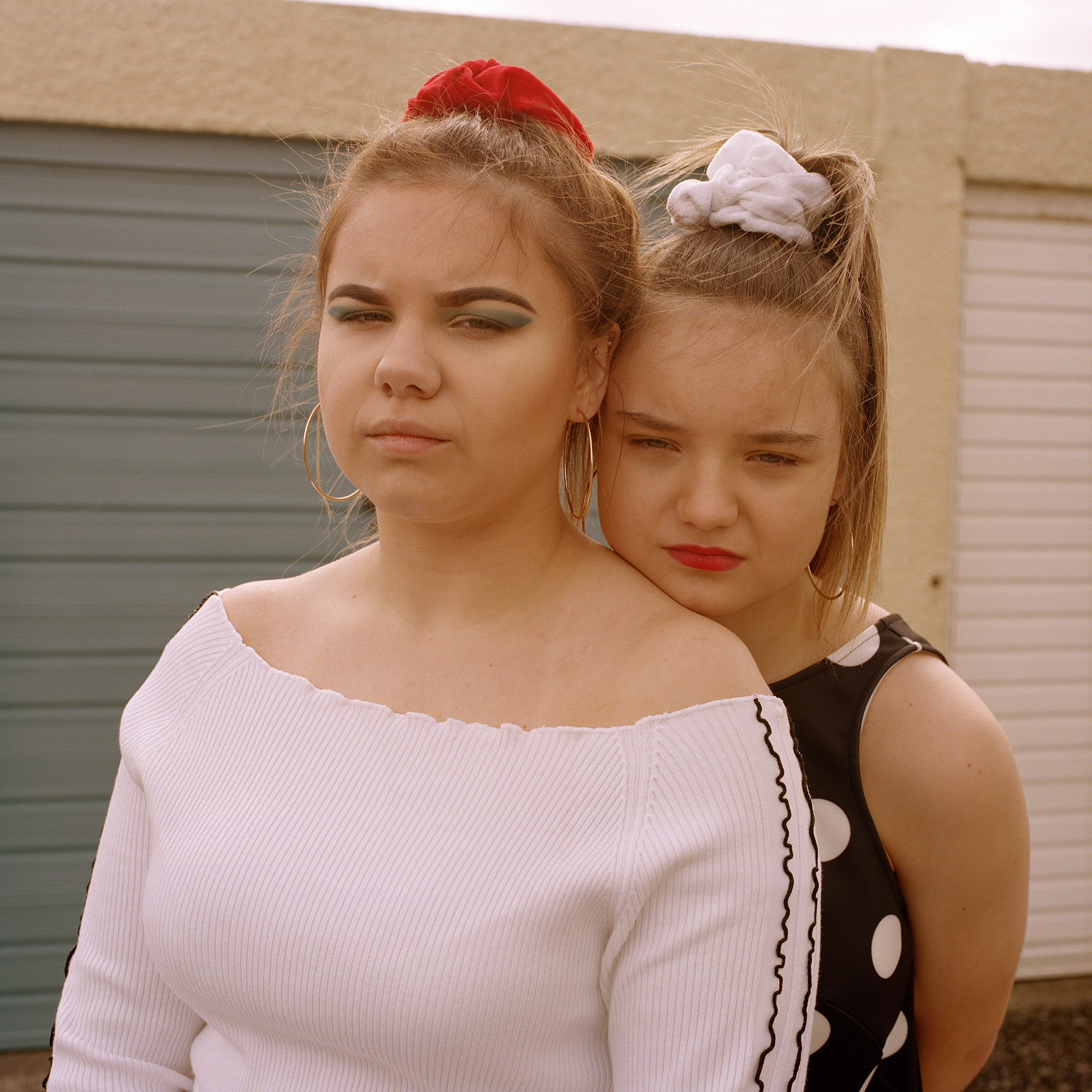“I recently realized that whenever I’m not shooting in the North, I’m looking for locations or people that remind me of it,” shares Dean Davies of his work and nostalgic ties to the North West of England. A fashion and portrait photographer, Davies has shot for a number of leading publications and is the founder of photography zine TRIP. From Sisters, an ongoing portrait series capturing his two nieces over the years, to shooting goths in Sheffield for a commercial project, Davies’ body of work combines a unique blend of candid documentary-style photography and embedded visual odes to his upbringing in the North West.
Davies’ recent photo series Siblings is a tender meditation on adolescence, identity, and sibling bonds: young brothers holding ground in defiant boxing stances, sisters in coordinating pink outfits, and teenage girls with scrunchie-tied ponytails. Shot over a period of four days across Manchester, New Brighton, and Salford — in collaboration with casting director Charlotte James, art director Josie Gealer, and Getty Images — the series transports us into a visual realm where Davies casts his lens with a beautiful and sentimental gaze.
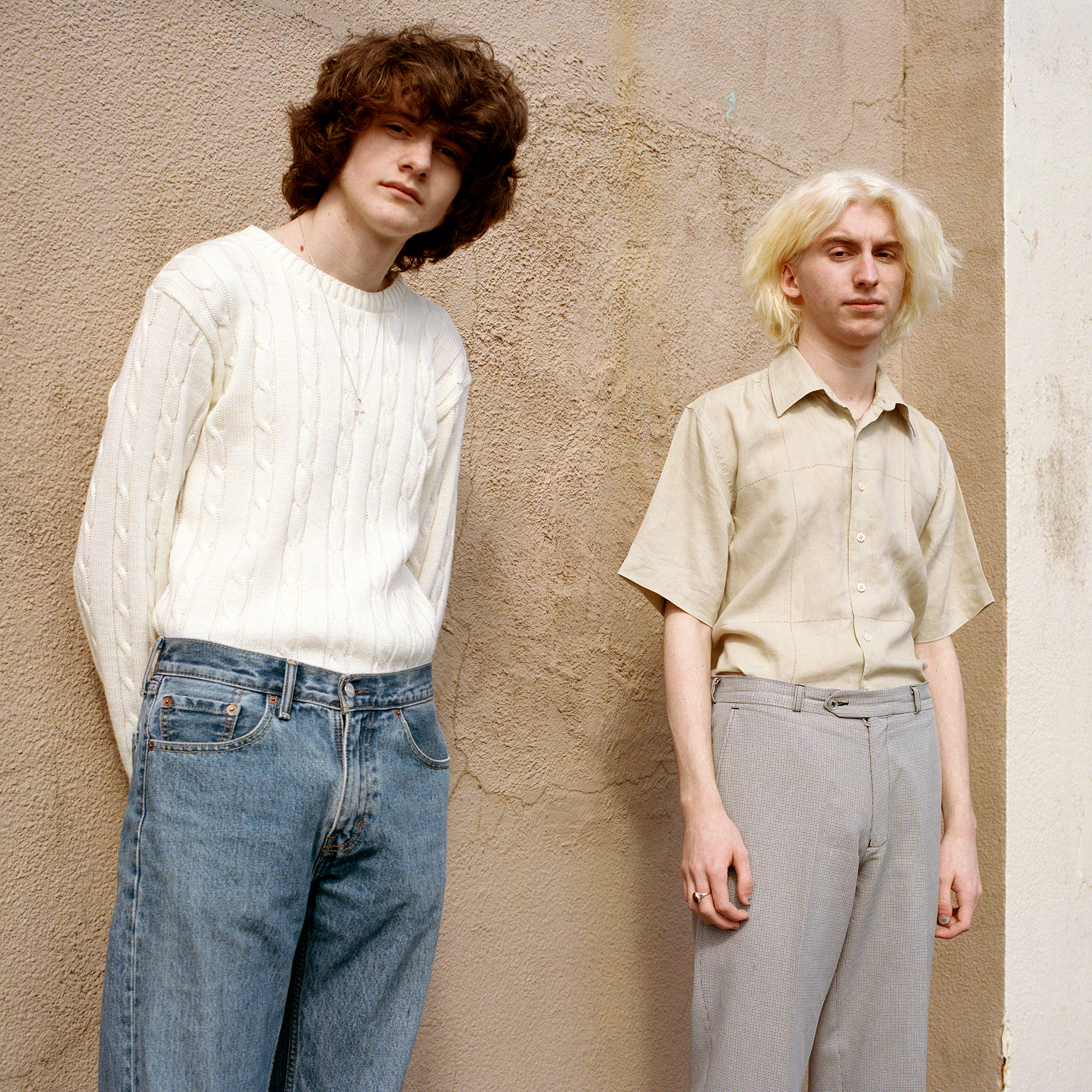
What did you find special about growing up in the North?
I didn’t quite realize how special the North, or North West, was until I moved away for university when I was 20. I’ve often said that the photographs I take pay homage to my upbringing. My photographs are informed by memories of my adolescence, and are inherently nostalgic — or at least they are for me. There are recurring symbols within my photography of the street and groups of people — particularly females, in the same or similar clothing, and of housing estates, suburban streets, and a particular color brick or pebble-dash back-dropping, strong-looking cliques who are representative of people from my younger years.
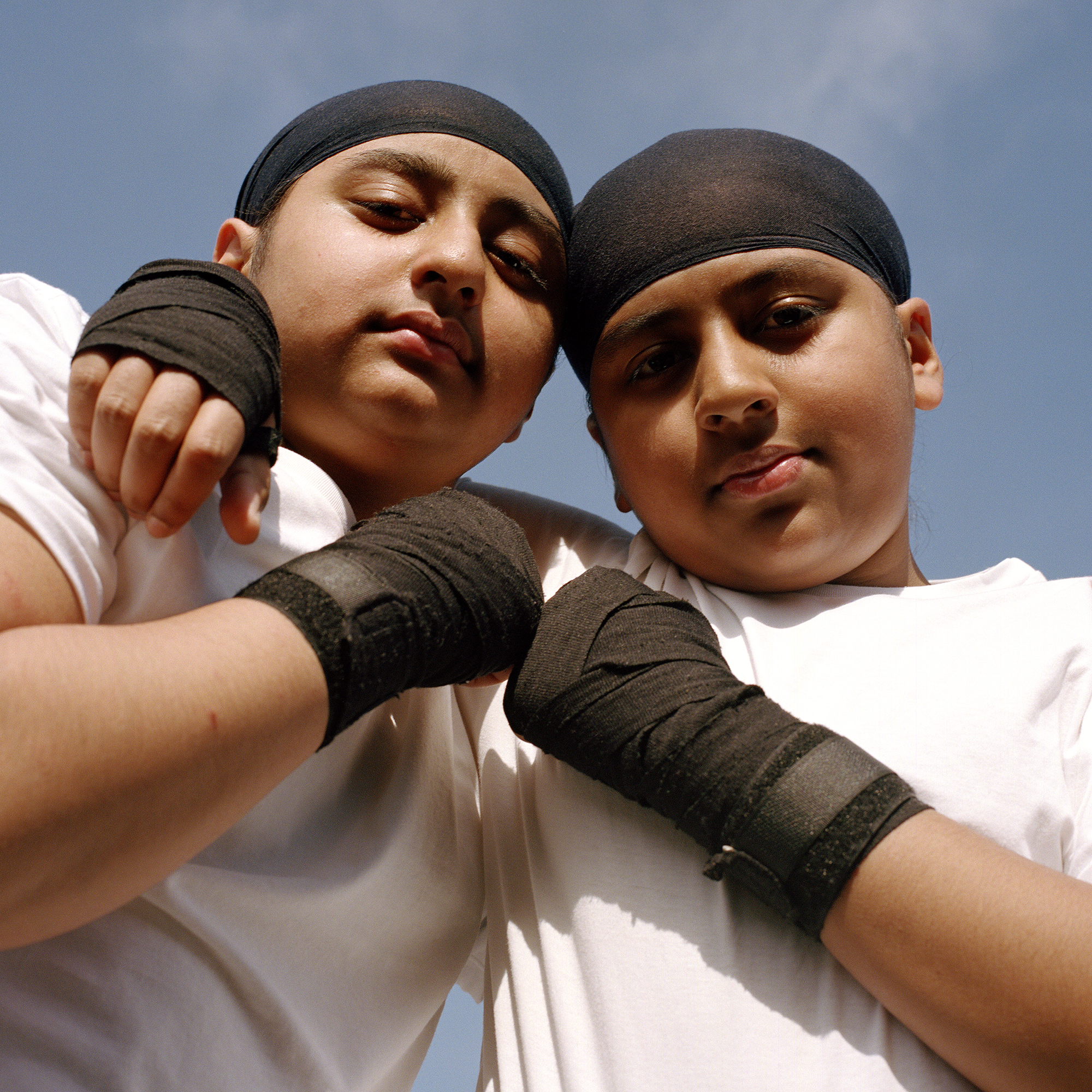
Tell me a bit about where you grew up and what led to your interest in photography?
I grew up in Birkenhead, a pretty small town in Wirral, North West England. My route into photography was kind of accidental. I went to UWE, Bristol to study Fashion Design, and as a part of that program we were tasked with photographing clothes, which is where and how I realized I much preferred photographing clothes to making them. I was and still am inspired by what clothing can say about a person, and I play around with that in my images to exaggerate elements of a person’s character, or project on to them a completely new one.
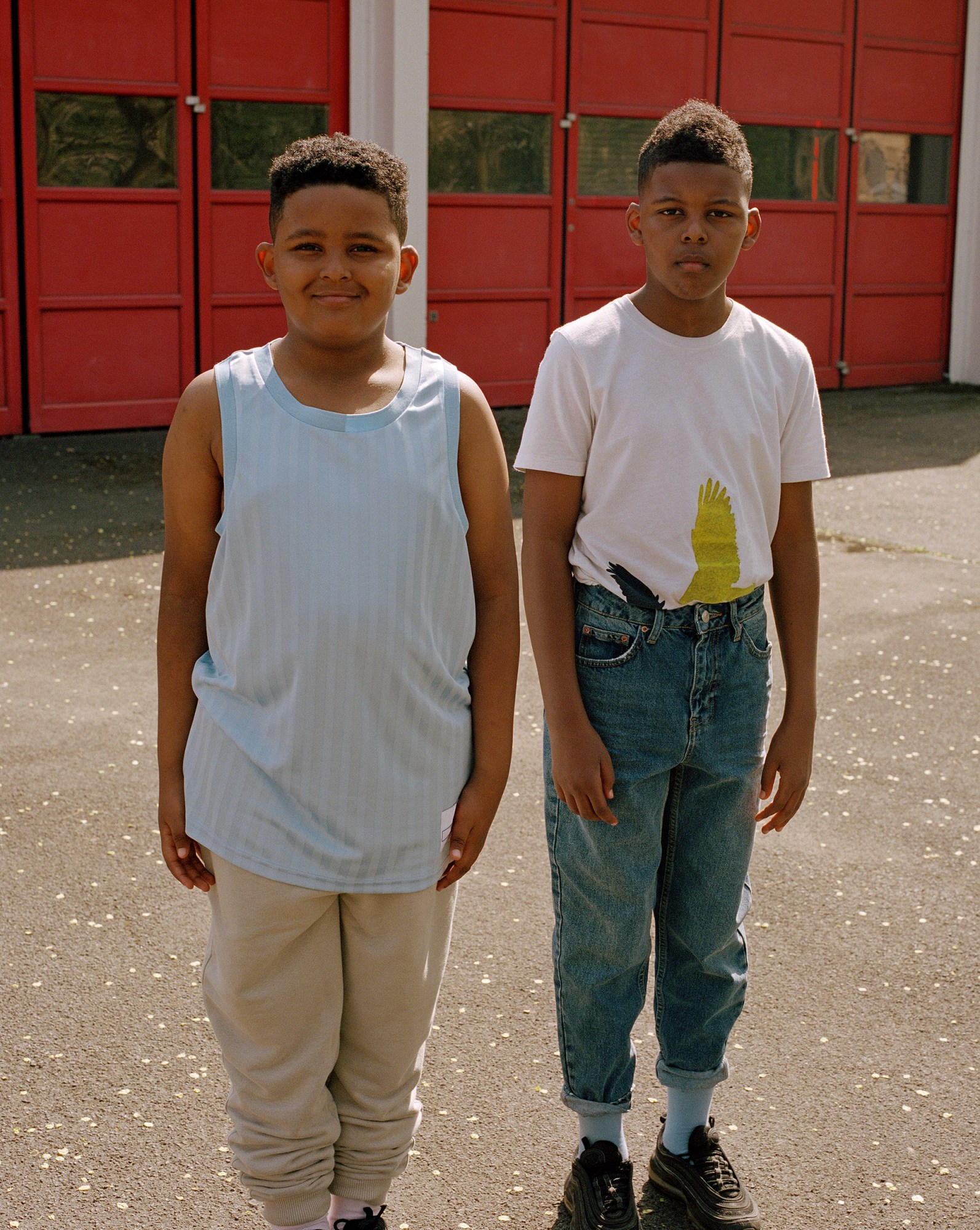
Have you spent quite a bit of time shooting in the North?
A large majority of my work has been photographed in North West England, between Birkenhead, New Brighton, and Manchester. I am constantly returning to the North West for projects. It’s home, and its people and its streets are my biggest source of inspiration. When I graduated from UWE, Bristol in 2013, I moved back home for necessity more than anything else. But for my work, this was the best decision I could have made. Prior to returning home, I’d discovered photographer Tom Wood, and filmmakers Andrea Arnold and Shane Meadows, whose work inspired me to pull up on my own experiences to create work that is representative of my upbringing and me. From there I started bringing my family into my photography, and over the next three years began to develop a portfolio of work that captured and paid homage to the people and place that made me.
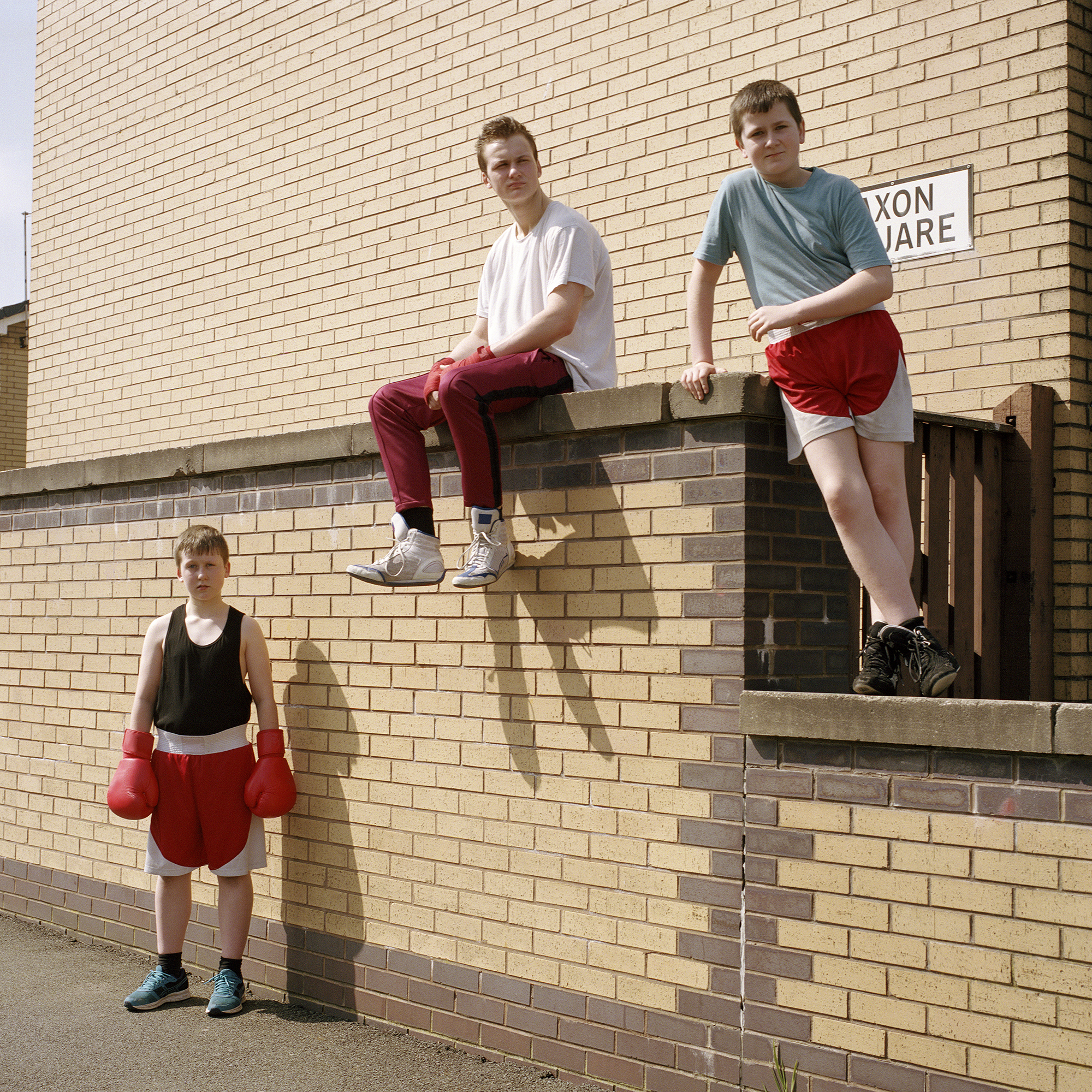
How did Siblings come to life?
Art director Josie Gealer, one of two collaborators for this project, had been following my work and contacted me to discuss possible projects with her and Getty Images. Our conversation quickly led to discussing my work capturing siblings and my photographs taken in the North of England, so Siblings was born from there. It was a no-brainer that Charlotte James would cast the project. Charlotte and I are friends and collaborators who have both been photographing our families and siblings within our work over the last five years.
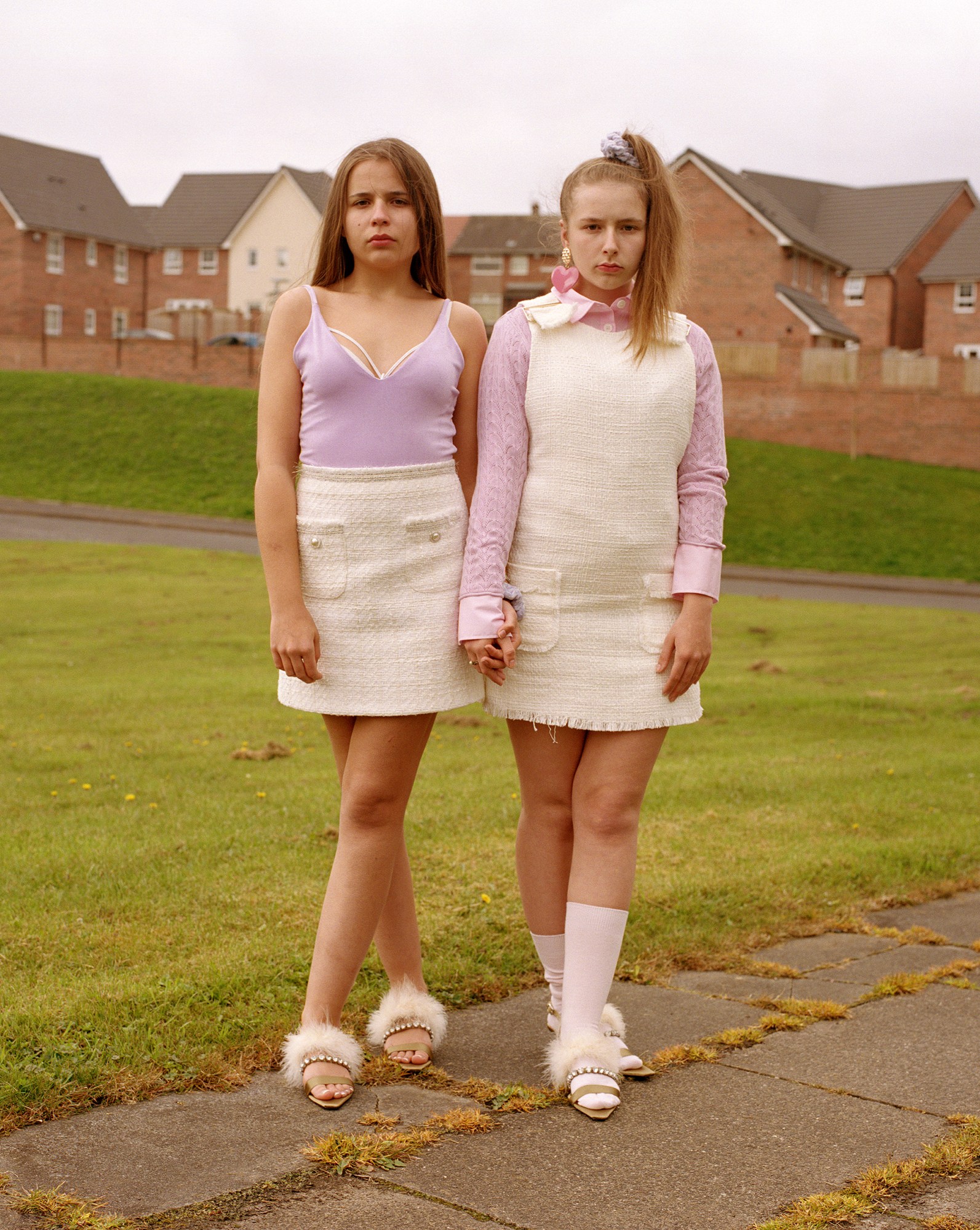
Why was it important for you to capture siblings?
Since 2013 I’ve been photographing two of my nieces in a project called Sisters. While photographing the girls, I realized how powerful sibling relationships are when captured in image. We wanted to further explore the dynamics of this across a diverse cast of siblings of different ages and genders, and from different areas within the North West.
Did you see a difference in how siblings of various age ranges allowed themselves to be photographed?
When photographing siblings it’s interesting to observe both the similarities and differences in personalities. The younger siblings tended to mimic each other in their actions, whereas the older siblings would be noticeably different in their demeanor and how they presented themselves in front of the camera. I photographed the siblings both together and individually to allow their unique personalities to shine through.
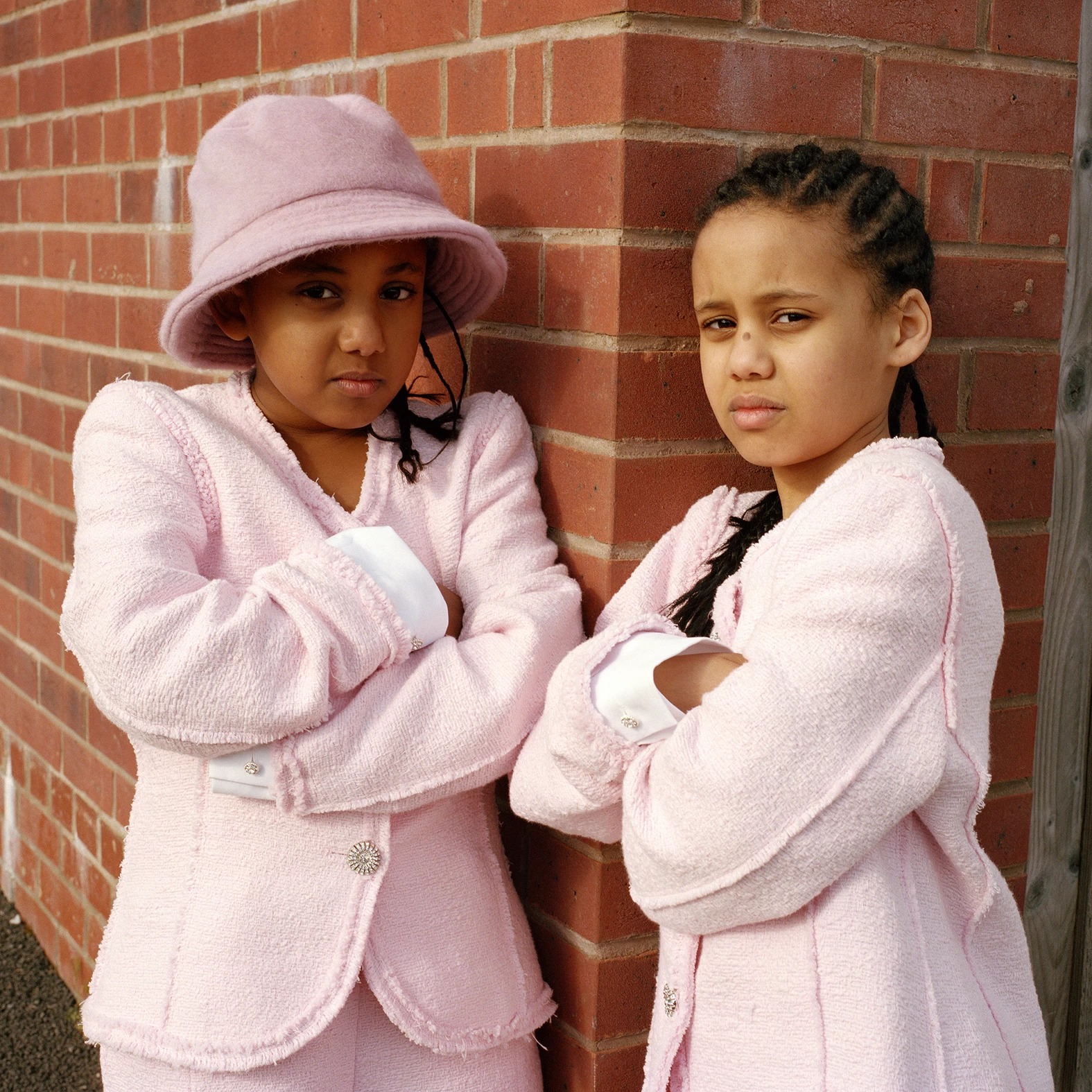
How did you meet the sets of siblings in this series?
Marni-Lee, Amelia, and Jenson are my nieces and nephew. Charlotte and I had photographed them for a project a couple of years earlier, so it was great to be able to feature them in our work now that they are older, and see how they have changed. I know Zak and Dylan’s mother, and had seen pictures of her two sons and had been interested in how they differ in their appearance and personal style, so knew they would be interesting to photograph for this project. Annie and Dolly were cast via social media, and had a look and attitude I associate with Northern girls, inspired by the girls I went to school with. The three sets of brothers were from a Manchester-based boxing club and community we contacted directly, and Reem and Noomi we found through their father who works at a center providing support to refugees.
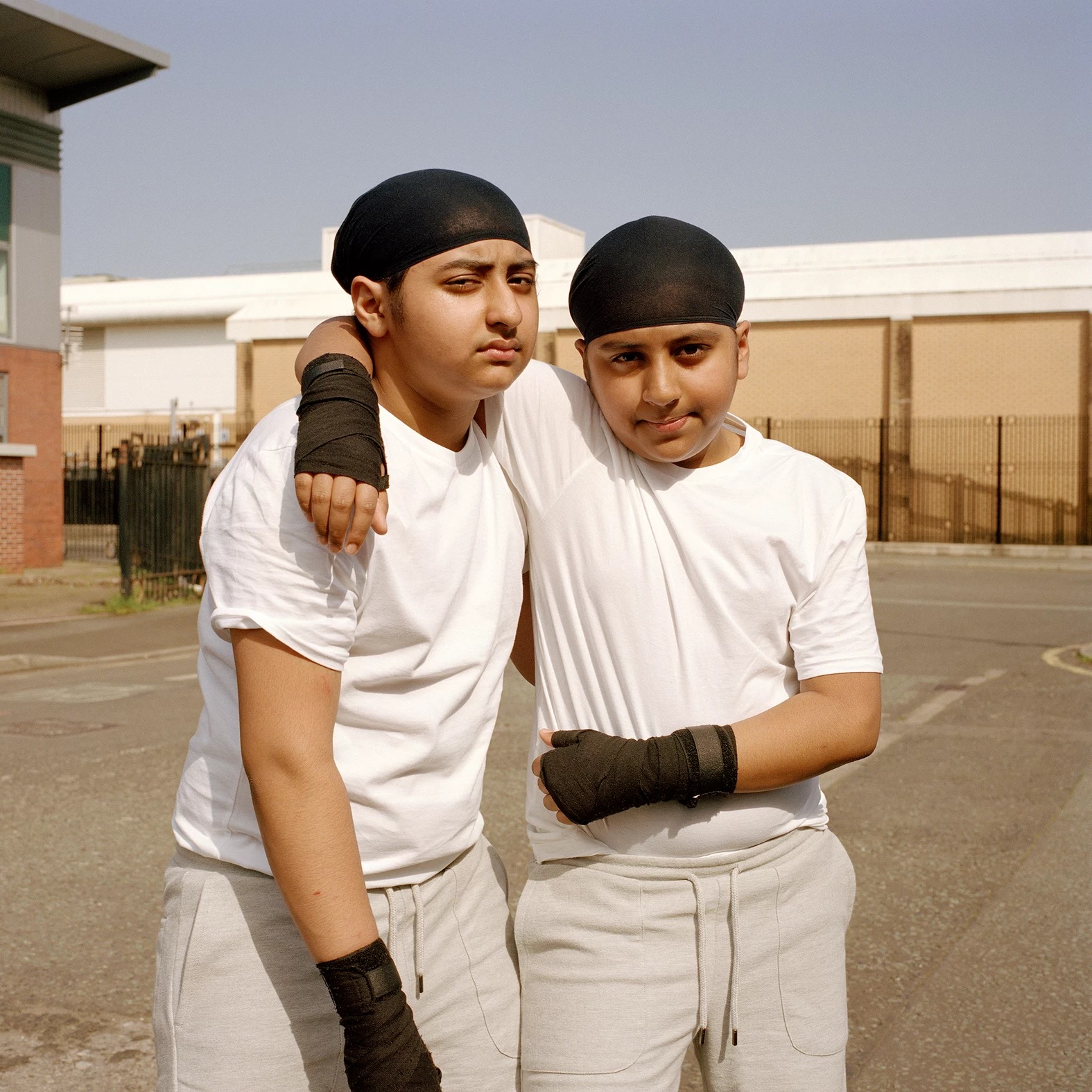
Was there anything that surprised you about the siblings during the shoot?
Not surprised, per se, but when we were photographing the project we were invited into people’s communities and their homes and personal spaces, which made the project that bit more personal. Everyone we met was so welcoming.
The photo of Jenson, Amelia, and Marni-Lee makes me grin. The brother is on the floor. Were they given a lot of direction?
Jenson was sat on the curb while I was changing the film in my camera, and when I was ready to take the photograph he laid back jokingly, but we thought it would make for a unique composition, so asked him to hold the pose. My photographs are pretty spontaneous. I don’t tend to give anyone much direction. I often find myself telling people to just stand and “pretend they are waiting for the bus” while I do the rest of the work.
How do you feel when you go back and look at the series?
I’m incredibly proud of the series. For me, it’s an honest representation of the North West and its younger generations.
